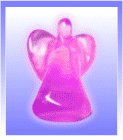Betony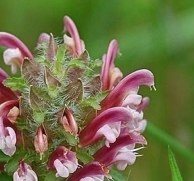
Few, if any, herbal plants have been more praised for their supposed curative virtues than the Wood Betony (Stachys Betonica), belonging to the order of Labiates. By the common people it is often called Bitny. The nameBetonica is from the Celtic "ben," head, and "tonic," good, in allusion to the usefulness of the herb against infirmities of the head.
Added Jun 12, 2010
| 7,863 Reads
Betony is of frequent growth in shady woods and meadows, having aromatic leaves, and spikes (stakoi) of light purple flowers. Formerly it was held in the very highest esteem as a leading herbal simple. The Greeks loudly extolled its good qualities. Pliny, in downright raptures, styled it ante cunctas laudatissima! An old Italian proverb ran thus: Vende la tunica en compra la Betonia, "Sell your coat, and buy Betony;" whilst modern Italians, when speaking of a most excellent man, say, "He has as many virtues as Betony"—He piu virtù che Bettonica. In the Medicina Britannica, 1666, we read: "I have known the most obstinate headaches cured by daily breakfasting for a month or six weeks on a decoction of Betony, made with new milk, and strained." Antonius Musa, chief physician to the Emperor Augustus, wrote a book entirely on the virtues of this herb. Meyrick says, inveterate headaches after resisting every other remedy, have been cured by taking daily at breakfast a decoction made from the leaves and tops of the Wood Betony. Culpeper wrote: "This is a precious herb well worth keeping in your house." Gerard tells that "Betony maketh a man have a good appetite to his meat, and is commended against ache of the knuckle bones" (sciatica). A pinch of the powdered herb will provoke violent sneezing. The dried leaves formed an ingredient in Rowley's British Herb Snuff, which was at one time quite famous against headaches. And yet, notwithstanding all this concensus of praise from writers of different epochs, it does not appear that the Betony, under chemical analysis and research, shows itself as containing any special medicinal or curative constituents. It only affords the fragrant aromatic principles common to most of the labiate plants. Parkinson, who enlarged the Herbal of Gerard, pronounced the leaves and flowers of Wood Betony, "by their sweet and spicy taste, comfortable both in meate and medicine." Anyhow, Betony tea, made with boiling water poured on the plant, is a safe drink, and likely to prove of benefit against languid nervous headaches; and the dried herb may be smoked as tobacco for relieving the same ailment. To make Betony tea, put two ounces of [50] the herb to a quart of water over the fire, and let this gradually simmer to three half-pints. Give a wine-glassful of the decoction three times a day. A conserve may be made from the flowers for similar purposes. The Poet Laureate, A. Austin, mentions "lye of Betony to soothe the brow." Both this plant, and the Water Betony—so called from its similarity of leaf—bear the name of Kernel-wort, from having tubers or kernels attached to the roots, and from being therefore supposed, on the doctrine of signatures, to cure diseased kernels or scrofulous glands in the neck; also to banish piles from the fundament.
In old times the Water figwort was famous as a vulnerary, both when used externally, and when taken in decoction. The name "brown-wort" has been got either from the brown colour of the stems and flowers, or, more probably, from its growing abundantly about the "brunnen," or public German fountains. Wasps and bees are fond of the flowers. In former days this herb was relied on for the cure of toothache, and for expelling the particular disembodied spirit, or "mare," which visited our Saxon ancestors during their sleep after supper, being familiarly known to them as the "nightmare." The "Echo" was in like manner thought by the Saxons to be due to a spectre, or mare, which they called the "wood mare." The Water Betony is said to make one of the ingredients in Count Mattaei's noted remedy, "anti-scrofuloso." The Figwort is named in Somersetshire "crowdy-kit" (the word kit meaning a fiddle), "or fiddlewood," because if two of the stalks are rubbed together, they make a noise like the scraping of the bow on violin strings. In Devonshire, also, the plant is known as "fiddler." An allied Figwort—which is botanically called nodosa, or knotted—is considered, when an ointment is made with it, using the whole plant bruised and treated with unsalted lard, a sovereign remedy against "burnt holes" or gangrenous chicken-pox, such as often attacks the Irish peasantry, who subsist on a meagre and exclusively vegetable diet, being half starved, and pent up in wretched foul hovels. This herb is said to be certainly curative of hydrophobia, by taking every morning whilst fasting a slice of bread and butter on which the powdered knots of the roots have been spread, following it up with two tumblers of fresh spring water. Then let the patient be well clad in woollen garments and made to take a long fast walk until in a profuse perspiration. The treatment should be continued for nine days. Again, the botanical name of a fig, ficus, has been commonly applied to a sore or scab appearing on a part of the body where hair is, or to a red sore in the fundament, i.e., to a pile. And the Figwort is so named in allusion to its curative virtues against piles, when the plant is made into an ointment for outward use, and when the tincture is taken internally. It is specially visited by wasps.
Added Jun 12, 2010
| 7,863 Reads
Share The Magic ...
The GoE MONEY!!! Course - A Course In Real MONEY MAGIC!
|


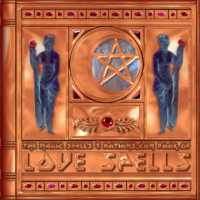
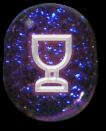
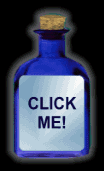








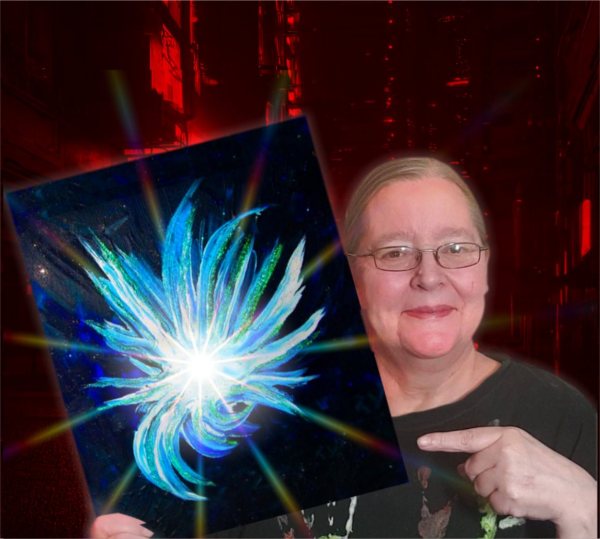

 But the Water Betony (Figwort) belongs not to the labiates, but to the Scrophulariaceoe, or scrofula-curing order of plants. It is called in some counties "brown-wort," and in Yorkshire "bishopsleaves," or, l'herbe du siège, which term has a double meaning—in allusion both to the seat in the temple of Cloacina and to the ailments of the lower body in connection therewith, as well as to the more exalted "See" of a Right Reverend Prelate.
But the Water Betony (Figwort) belongs not to the labiates, but to the Scrophulariaceoe, or scrofula-curing order of plants. It is called in some counties "brown-wort," and in Yorkshire "bishopsleaves," or, l'herbe du siège, which term has a double meaning—in allusion both to the seat in the temple of Cloacina and to the ailments of the lower body in connection therewith, as well as to the more exalted "See" of a Right Reverend Prelate.

